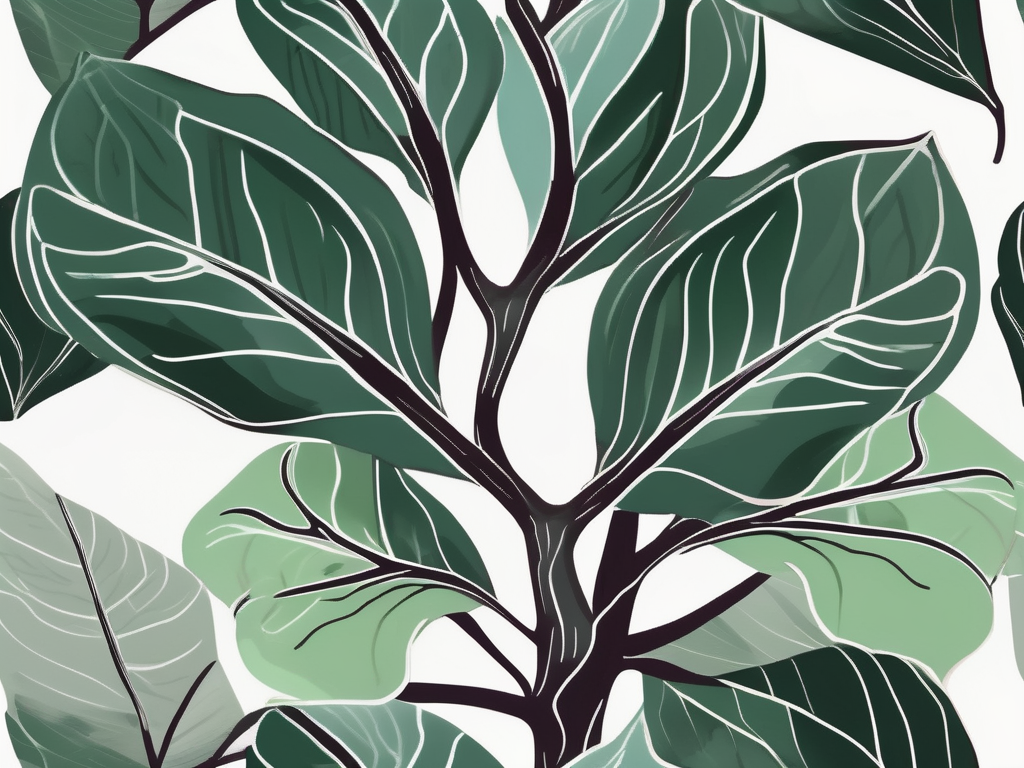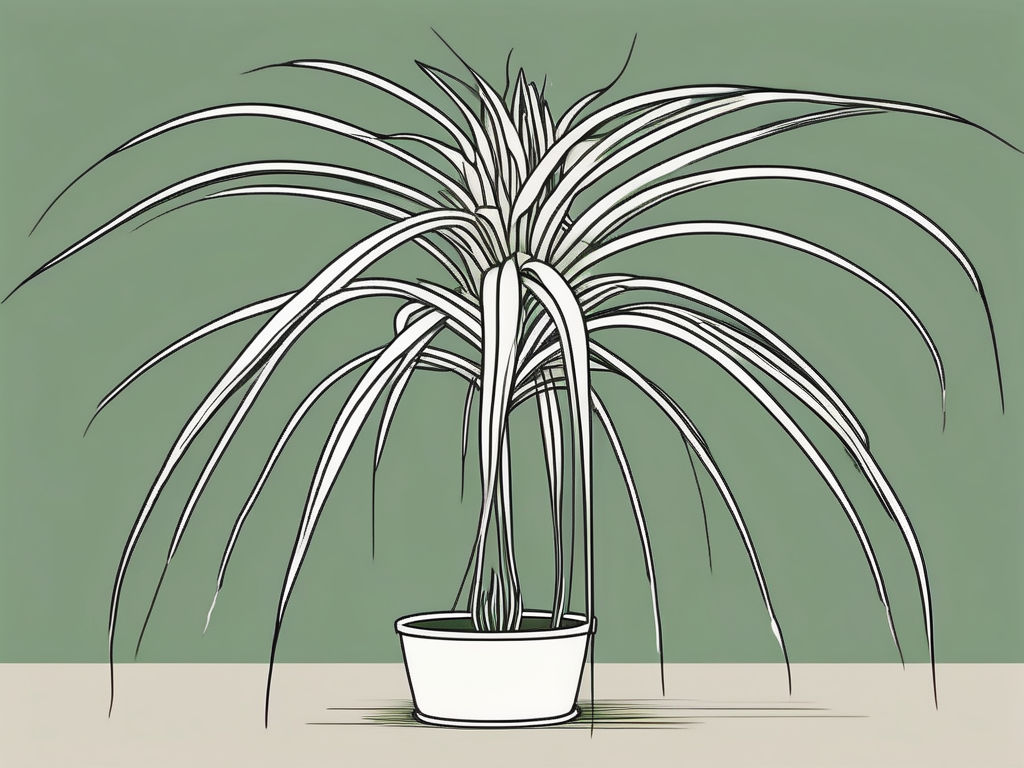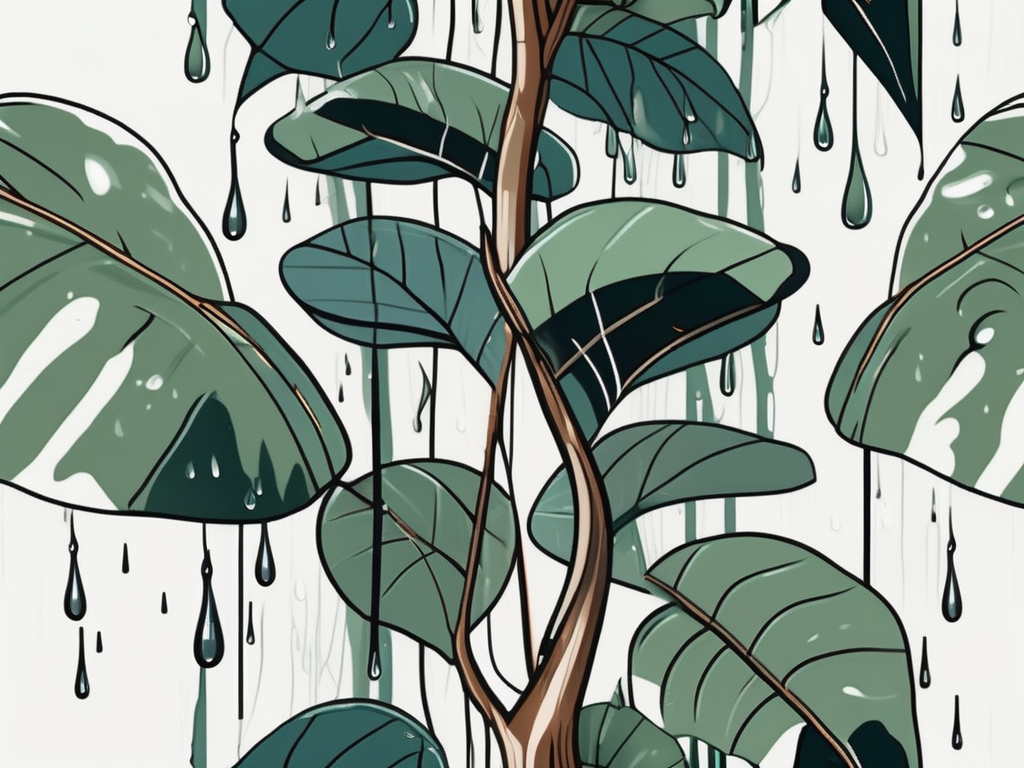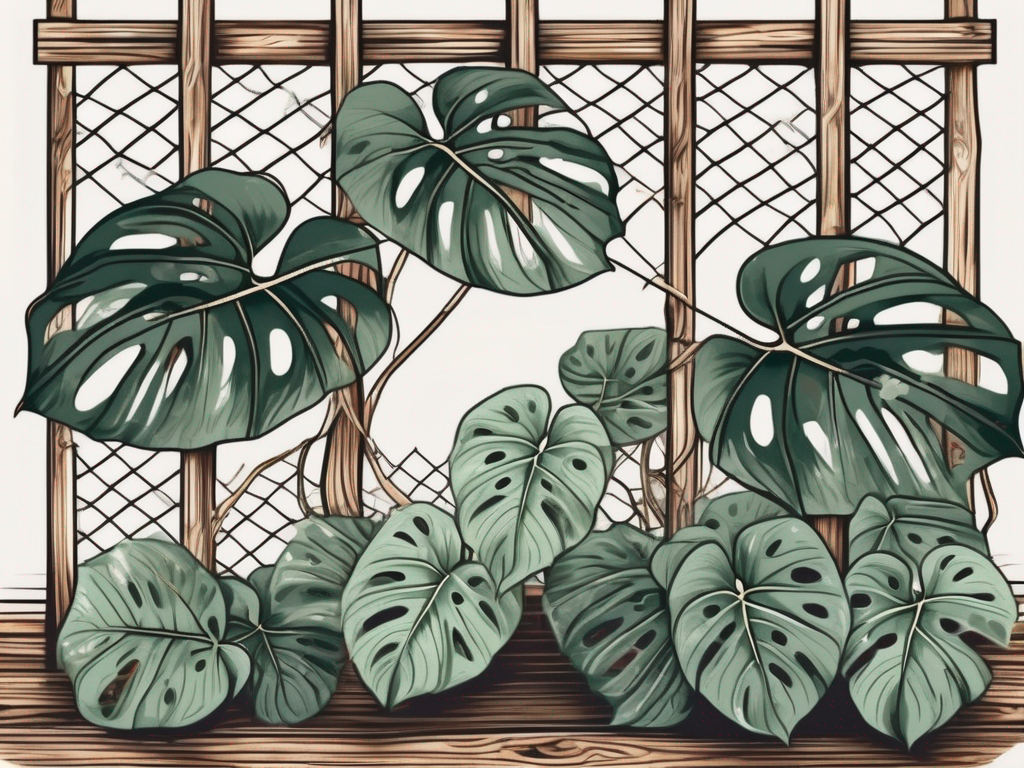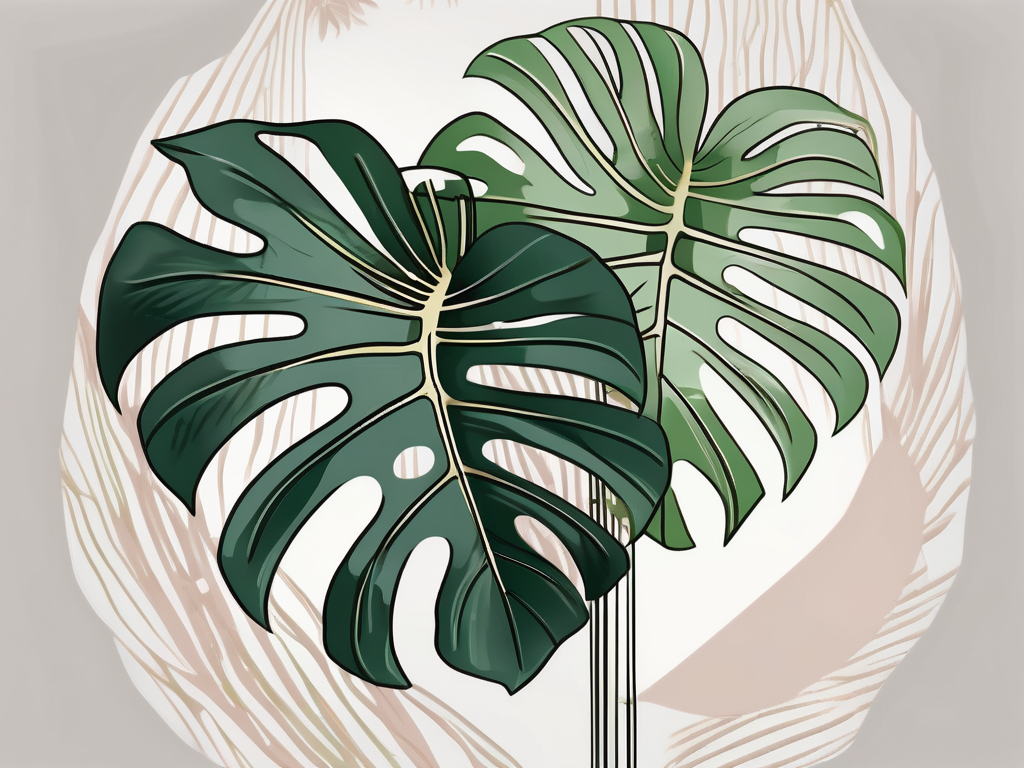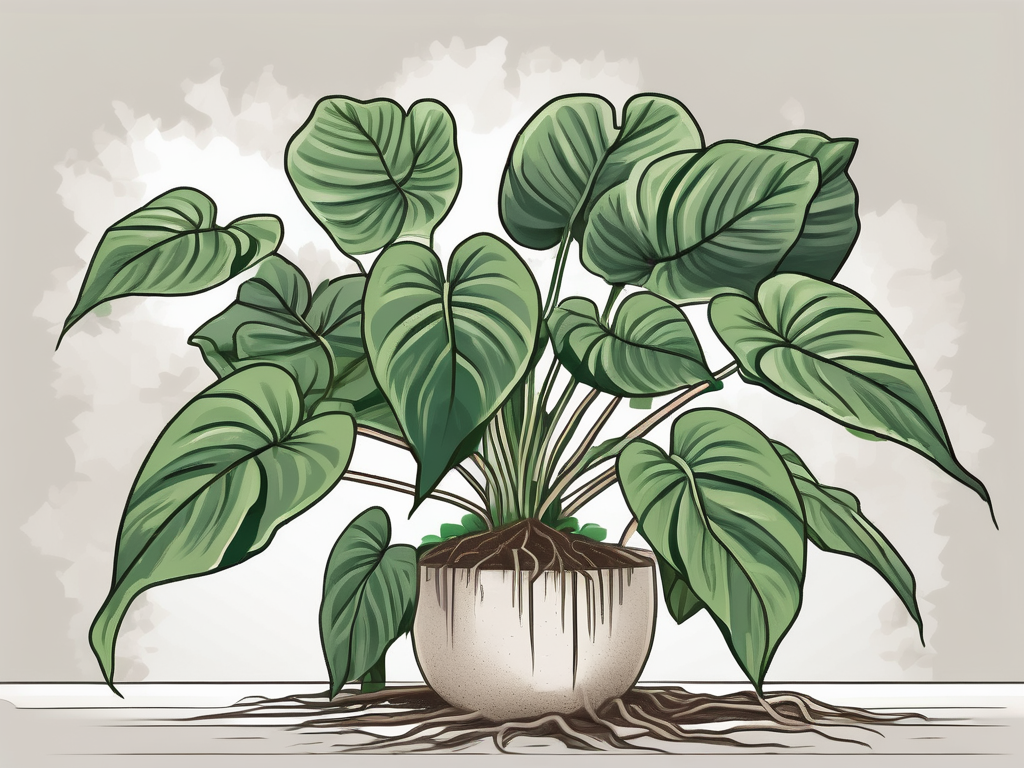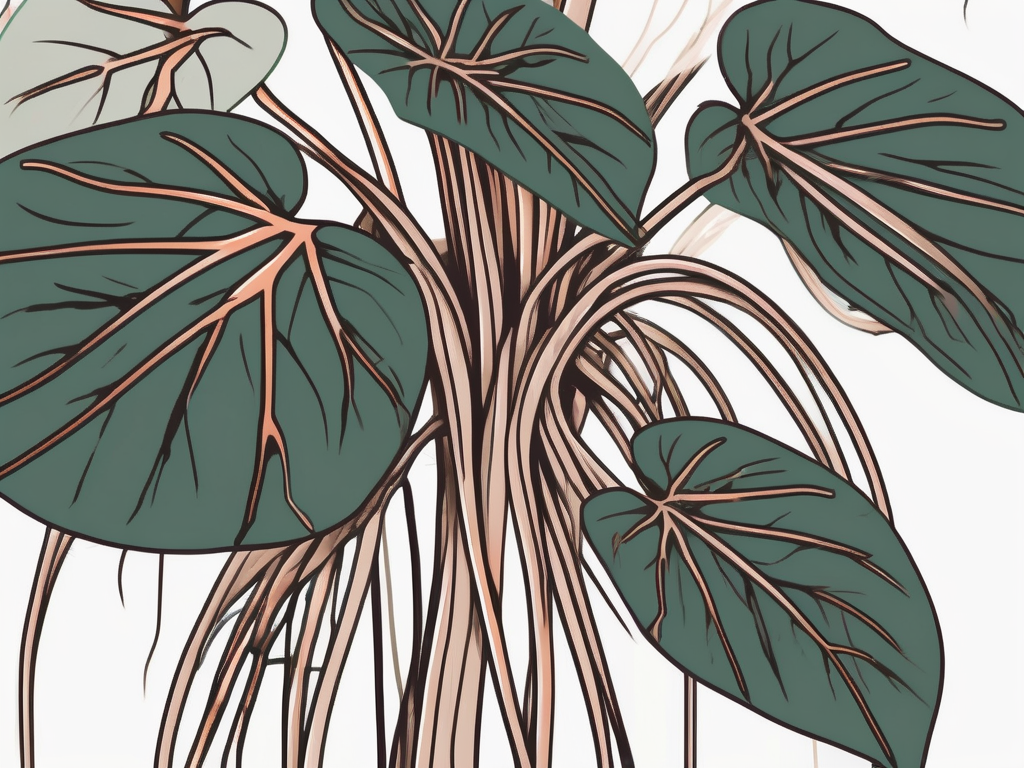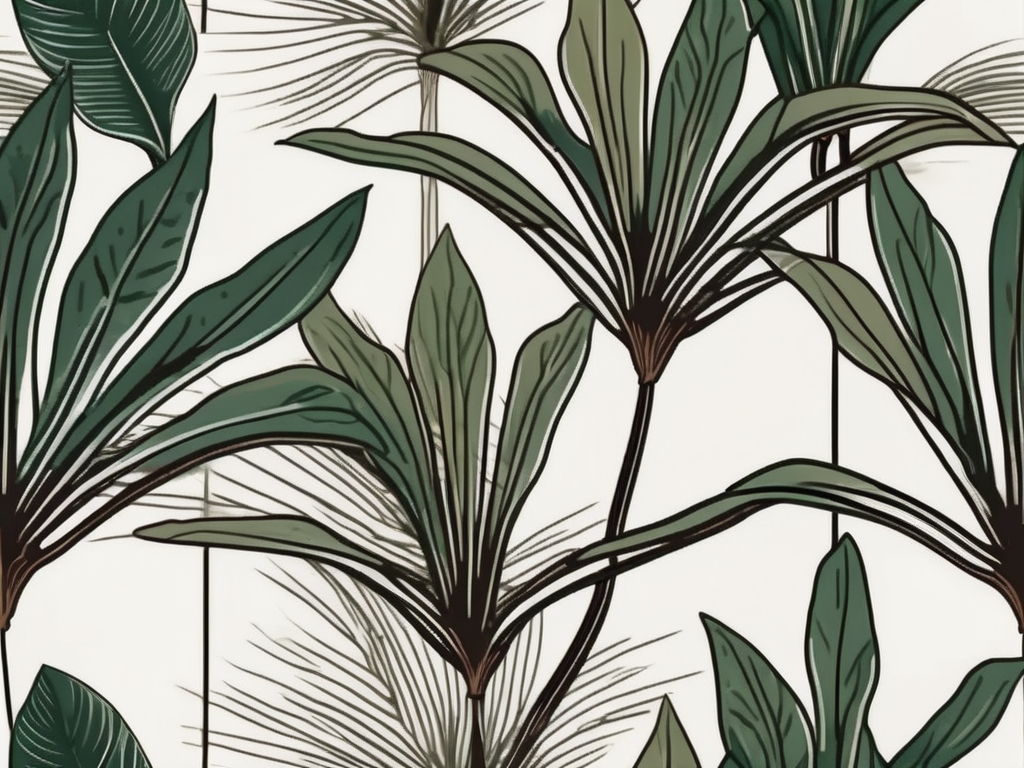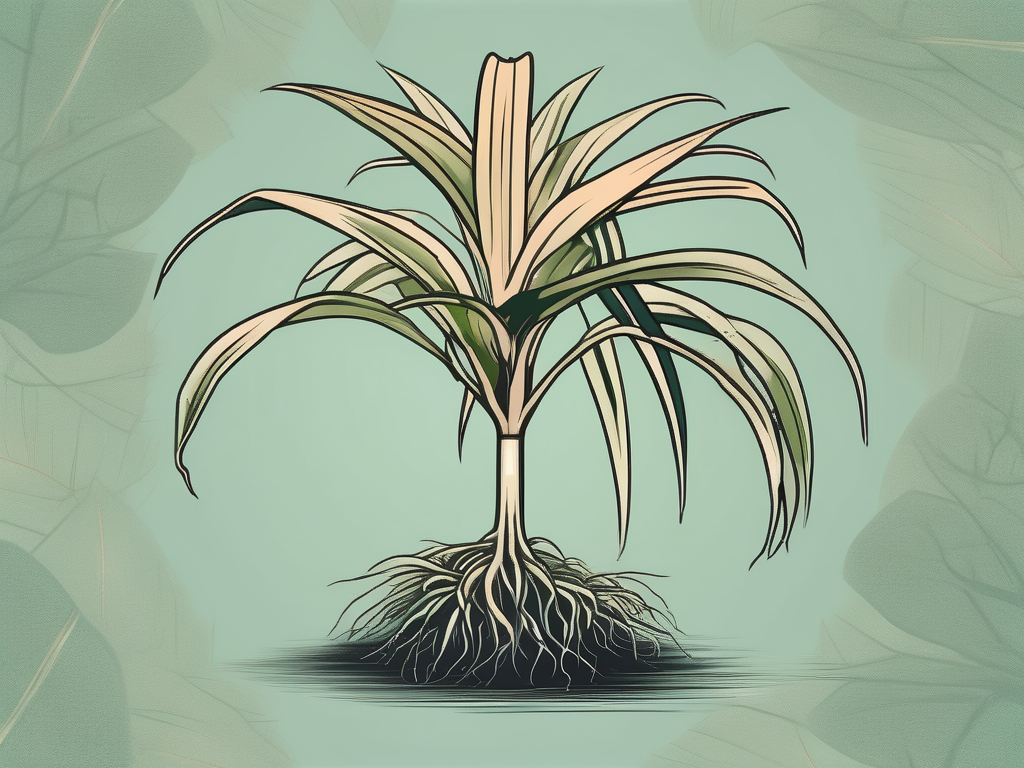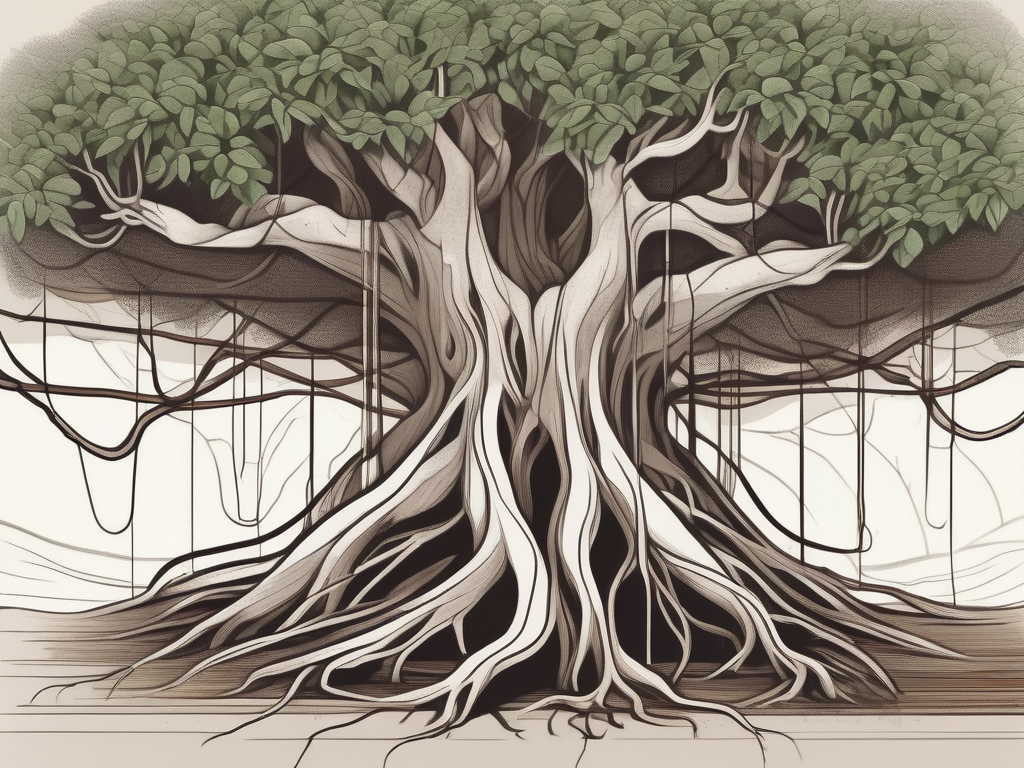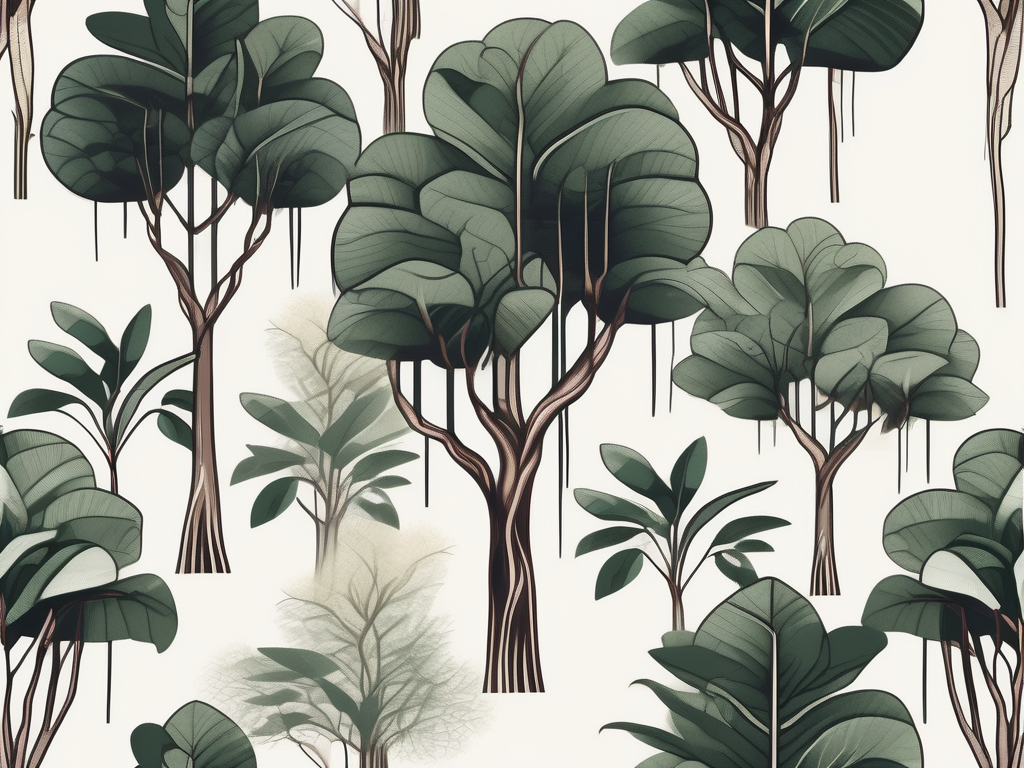
Rubber trees are a popular pick for plant lovers, bringing a touch of the tropics indoors with their glossy leaves and impressive height. But have you ever noticed those intriguing aerial roots sprouting from the stems? These roots not only look cool but also play a fascinating role in the plant’s life and growth. Understanding them can give you a leg up in caring for your rubber tree.
This blog post will walk you through everything you need to know about rubber tree aerial roots. From what they are and why they grow to how you can encourage or manage them in your home, we’ll cover it all. Whether you’re a newbie plant parent or a seasoned green thumb, there’s something here for everyone.
What Are Aerial Roots Anyway?
Aerial roots are, quite simply, roots that grow above the ground. Unlike the typical roots we’re used to, these roots spring from the plant’s stem or branches and reach out into the air. Sounds a bit like something out of a sci-fi movie, right? But they’re actually a nifty adaptation that helps certain plants, like the rubber tree, thrive in their natural environments.
In the wild, rubber trees are native to the rainforests of South and Southeast Asia, where they can grow quite tall. The aerial roots help them stabilize and climb other trees, reaching for sunlight. These roots also absorb moisture and nutrients from the air, which is pretty handy when you’re perched high above the forest floor.
For your indoor rubber tree, these aerial roots might not have the same job to do, but they can still be an exciting feature to observe and understand. Plus, they can give you clues about the health and needs of your plant.
Why Do Rubber Trees Grow Aerial Roots?
Now, you might be wondering, “Why is my rubber tree sprouting these funky roots indoors?” Well, even though your home isn’t a humid rainforest, your rubber tree is still wired to grow aerial roots as part of its natural development. Here are a few reasons why they might pop up:
- Humidity Levels: Rubber trees love humidity. If your home is humid enough, the plant might start growing aerial roots as it would in the wild.
- Support: In nature, aerial roots help the tree climb and stabilize. Indoors, they might not have much to climb, but they’re just doing what comes naturally.
- Health Signals: Sometimes, the growth of aerial roots can signal that your plant is happy and healthy. It could be a sign that it’s getting enough moisture and light.
Of course, if your rubber tree is growing aerial roots like it’s planning an escape, it might be time to evaluate its environment. Excessive aerial root growth could indicate that your plant is seeking more moisture or stability.
Encouraging Healthy Aerial Root Growth
If you’re all about those aerial roots and want to see more of them, you’re in luck. Encouraging aerial roots can be a fun way to interact with your plant. Here are some tips to promote their growth:
Boost Humidity
Since aerial roots thrive in humid conditions, increasing the humidity around your rubber tree can stimulate their growth. Try misting your plant regularly or placing a humidifier nearby. Grouping your plants together can also create a more humid microclimate.
Provide Adequate Support
Even though your indoor rubber tree doesn’t need to climb for sunlight, providing a support structure like a moss pole can mimic their natural environment. The aerial roots might latch onto the pole, providing stability as your plant grows taller.
Ensure Proper Watering
Keeping your rubber tree well-watered will support overall health, which can lead to more enthusiastic aerial root growth. Just be careful not to overwater—let the top inch of soil dry out between waterings.
Encouraging aerial roots is all about creating an environment that mimics the plant’s natural habitat. With the right conditions, your rubber tree will feel right at home and might just surprise you with its growth.
Managing Aerial Roots Indoors
While some plant parents love the look of aerial roots, others might find them a bit unruly. If you’d prefer a more traditional look for your rubber tree, there are ways to manage these roots without harming your plant.
Prune Them Back
If the aerial roots are getting out of hand, you can prune them back. Use clean, sharp scissors or pruning shears to snip them close to the stem. Just be gentle to avoid damaging the plant.
Guide Them
You can also guide the roots towards the soil, encouraging them to anchor in the pot. This can help your plant feel more stable and might reduce the number of new aerial roots.
Adjust Environmental Conditions
If you think your rubber tree is producing aerial roots in response to its environment, consider adjusting conditions like humidity or watering. Sometimes a little tweak is all it takes to balance things out.
Remember, aerial roots are a natural part of your rubber tree’s growth, so don’t stress if they make an appearance. It’s all about finding what works best for you and your plant.
Repotting and Aerial Roots
Repotting is a part of any plant parent’s life, and it’s a great opportunity to take stock of your rubber tree’s roots, both above and below ground. If you’re repotting a rubber tree with aerial roots, here’s what you should keep in mind:
Timing is Everything
The best time to repot is during the growing season, typically spring or early summer. This gives your rubber tree the best chance to adjust and thrive in its new pot.
Choose the Right Pot
Select a pot that’s about 1-2 inches larger in diameter than the current one. Make sure it has good drainage to prevent waterlogged soil, which can harm both the plant and its roots.
Handling Aerial Roots
When repotting, you can either trim the aerial roots or gently guide them into the new soil. If you choose to keep them, try to position the plant so the roots can naturally grow into the soil over time.
Repotting is an excellent opportunity to refresh your plant’s growing conditions and give it room to expand. Just be sure to handle all roots with care to avoid unnecessary stress on your rubber tree.
Common Aerial Root Myths
Like anything intriguing, aerial roots come with their fair share of myths and misconceptions. Let’s clear up a few common ones:
- Myth: Aerial roots indicate a problem. Not necessarily! While they can signal a need for more moisture or support, they’re often just a natural part of the plant’s growth.
- Myth: You must remove aerial roots. There’s no rule that says you must prune them. It’s entirely up to you and your aesthetic preferences.
- Myth: Aerial roots are bad for the plant. False! They’re a normal feature and don’t harm the plant. In fact, they can add an interesting visual element to your rubber tree.
Understanding these myths helps you make informed decisions about your plant care routine and enjoy the unique characteristics of your rubber tree.
Design Ideas with Aerial Roots
For those who love to decorate with plants, aerial roots open up a world of creative possibilities. Here’s how you can incorporate them into your home’s interior design:
Embrace the Jungle Vibes
If you’re a fan of the wild, untamed look, let those aerial roots shine. Pair your rubber tree with other tropical plants to create a lush, vibrant corner that feels like a mini jungle.
Use Stylish Pots and Stands
Elevate your rubber tree on a chic plant stand to showcase its height and those interesting aerial roots. Choose pots that complement your home decor, whether that’s sleek and modern or something more bohemian.
Create a Focal Point
Make your rubber tree the star of the room by positioning it in a prime spot, like near a window or in an entryway. The aerial roots will add character and draw the eye, making your plant a conversation starter.
With a bit of creativity, you can turn your rubber tree’s aerial roots into a stunning design feature that fits seamlessly into your home.
Common Questions About Aerial Roots
Even with all this information, you might still have questions about aerial roots. Here are answers to some common queries:
- Do all rubber trees develop aerial roots? Not necessarily. While many do, it depends on the plant’s environment and growth conditions.
- Can I encourage aerial roots to grow into the soil? Yes, you can guide them towards the soil. Over time, they may naturally find their way into the potting mix.
- Will aerial roots damage my walls or furniture? Generally, no. Aerial roots are usually soft and flexible, not strong enough to cause damage.
Feel free to experiment and see how your rubber tree responds. Each plant is unique, so what works for one might not work for another.
Final Thoughts
Rubber tree aerial roots are a remarkable feature that reflect the plant’s adaptability and resilience. From supporting its climb in the wild to adding a unique touch to your living room, these roots have a story to tell. By understanding and working with them, you can enhance your plant care routine and enjoy the natural beauty they bring to your space.
At Cafe Planta, we’re all about helping you connect with nature through plants. Whether you’re looking for a new green companion or need advice on care, we’re here to support your plant journey. Feel free to reach out via email or our Instagram. Let’s grow together!













